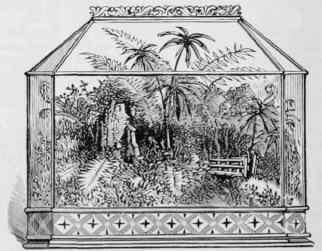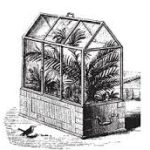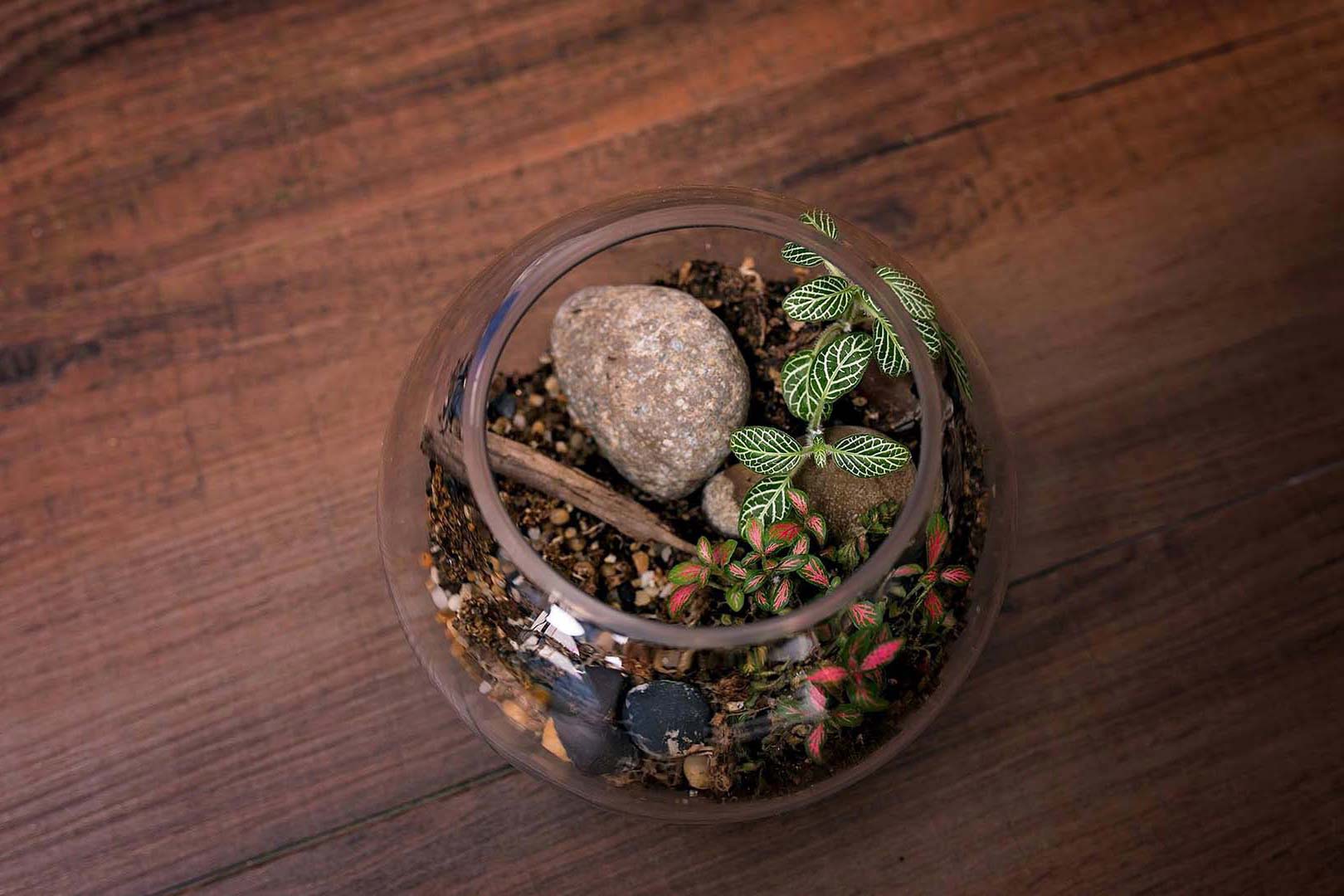It’s no secret that here at SHFA we are obsessed with terrariums! Our terrarium workshops are full of advice such as watering, vessel choice and design tips but if you’re like us and you’re left wanting to know more, read on as we dig a little deeper into the history of these miniature ecosystems.
A brief history of terrariums
We have an English doctor named Nathanial Ward to thank for the discovery of terrariums, which he did quite by accident in about 1827. An astute physician with a penchant for botany, Ward had been trying to cultivate ferns (the Victorian era trend of the day) in his London garden, but was unsuccessful due to the toxic air created by factories nearby.

While conducting experiments on moths and caterpillars in glass observation cases though, he noticed that several plants began to grow in some soil in the bottom of some of the cases, among them a fern, which quite unlike his garden ferns, began to thrive! He theorized quite rightfully that humidity created by the plant caused condensation to build up on the inside of the glass container which in turn watered the plant as it dripped down into the soil, in effect creating its own little closed ecosystem. Wow!

Terrariums or “Wardian Cases” as they became known took off as the next craze, fast becoming a stylish feature in any Victorian drawing room. Ward’s serendipitous discovery also paved the way for the Victorian orchid obsession that was to follow and allowed for the importation of Chinese tea plants several decades later, causing the price of tea to drop so much by the mid 19th Century that tea became and still is the British nation’s drink of choice. Interesting stuff! Cup of tea anyone?
Modern Terrarium Tips
Lucky for us, we don’t have to worry as much as Doctor Ward about polluted air in our homes so our terrariums can be made in a variety of unsealed containers, leaving you with almost limitless vessel choice for your next terrarium project.
Here are our top tips to make your terrarium a little less Victorian housewife and a little more urban cool:
- Think outside the box with vessel choice. There are so many options to choose from: glass fish bowl shapes, geometric prisms, old light shades, mason jars, anything that’s glass really. Just be careful the glass isn’t too thick otherwise the view of your beautiful creation will be skewed.
- Try a sealed terrarium. They thrive on neglect and can sometimes go over a month without being watered!
- Create layered landscapes. Think beyond rocks and soil, we’re talking mountains and valleys or miniature gardenscapes.
- There are more choices than ferns. We do love the humble fern but you can also branch out into a range of other plants. Try succulents and cacti for desert styles. Our favourite are cute little Fittonia (Nerve Plant) but here are some more for you to explore:
- Pilea (Aluminum Plant)
- Ardisia
- Podocarpus (Buddhist Pine)
- Aeschynanthus (Lipstick Plant)
- Baby Tears (Very aggressive grower!)
- Miniature African Violets
- Coffee Plant
- Creeping Charlie
- Boxus (Boxwood)
- Wandering Jew (Aggressive Grower)
- Creeping Fig (Aggressive Grower)
- Moss
For more terrarium fun and all the secrets, grab a few friends and try one of our workshops. They’re a blast!
This is an original article by Shannon Hawkes – Artisan Florals Rockhampton, Yeppoon & Online


